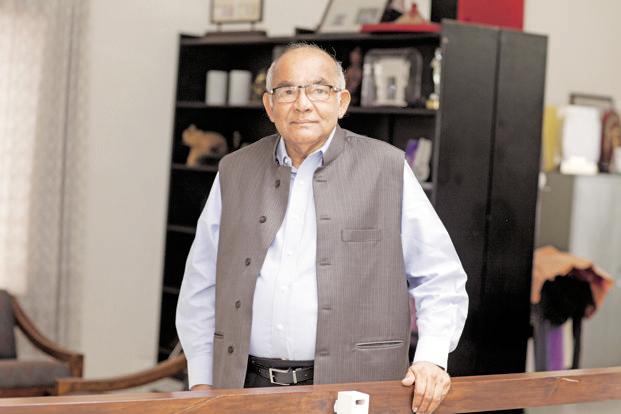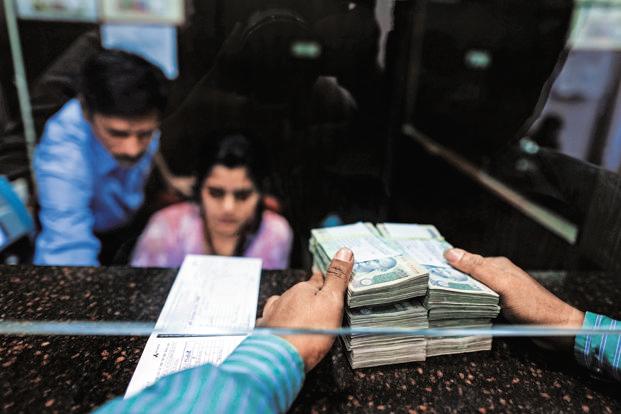Almost nine years after Y.V. Reddy demitted office as Reserve Bank of India (RBI) governor, his autobiography Advice & Dissent: My Life in Public Service was released last week. He is not the first RBI governor to write his memoir. Reddy’s successor D. Subbarao wrote a tell-all book, Who Moved My Interest Rate? in less than three years after leaving the central bank. However, there are differences between the two—both in the narrative as well as the structure. Reddy’s book is an account of his life and his career, from a young IAS officer to India’s chief money man and the chairman of the 14th Finance Commission while Subbarao’s book starts with his appointment as RBI governor and ends with the end of his five-year tenure.
Even before Subbarao, at least three RBI governors have written their memoirs. The first Indian governor at RBI, who later became the finance minister, C.D. Deshmukh, has written The Course of My Life; 13th governor M. Narasimham’s book is called From Reserve Bank to Finance Ministry and Beyond and I.G. Patel, Narasimham’s successor, has written Glimpses of Indian Economic Policy: An Insider’s View. Narasimham’s book is the slimmest of the three autobiographical accounts.
Reddy’s book is different from them too as unlike these three RBI governors, he has spent more time at the central bank—first as a deputy governor and then as a governor and, naturally, his book tells much more about the policy making at RBI than others.
Globally, many central bankers have written autobiographies. US Federal Reserve chairman Alan Greenspan’s The Age of Turbulence: Adventures in a New World and his successor Ben S. Bernanke’s The Courage to Act: A Memoir of a Crisis and its Aftermath come to mind instantly. But Reddy’s book is very different from these two as well as Bank of England governor Mervyn King’s The End of Alchemy: Money, Banking and the Future of the Global Economy and Bank of Indonesia governor Soedradjad Djiwandono’s Bank Indonesia and the Crisis: An Insider’s View.
These books have dealt with different crises in global finance and emerging markets but Reddy’s book is a story of his own life and experience as a policymaker, wading through bad (balance of payment crises, mortgaging gold), good (low inflation and high growth) and indifferent (“creative tensions” with the finance ministry) times.
Indeed, Advice & Dissent is an insider account of India’s policy making but there is no pulsating drama or revelations. It’s a remarkably restrained account as Reddy does not believe in gossip and hearsay, but it’s gripping because of his storytelling ability. His sense of humour is fairly well known—remember his quote on RBI’s autonomy: “I am very independent. The RBI has full autonomy. I have the permission of my finance minister to tell you that”—but I was not aware that he is such a great raconteur. This 480-pagebook, to use a cliche, is unputdownable.
Less than a year after leaving RBI, a compilation of Reddy’s 23 speeches given in India and overseas during his tenure as governor was published—India and the Global Financial Crisis: Managing Money and Finance. Those speeches had been in public domain but what that book added was a 30-page epilogue which speaks about the global financial crisis and India and a 34-page introduction explaining the context of these speeches and Reddy’s compulsions. In some sense, this book, at least the part that deals with his tenure at RBI, is an extension of that introduction.
There are many lessons to be learnt from this book—ranging from interest rate and exchange policies to the structural changes done by C. Rangarajan and how Bimal Jalan tackled the Asian crisis (Reddy watched both as a deputy governor)—and many insights but what fascinates me is Reddy’s restraint and story-telling ability.
One example of his restraint is the way he dealt with RBI’s clampdown on the Sahara group, India’s largest shadow bank which collected money from millions of people. Reddy was instrumental in forcing the group to wind down their deposit taking operations but there are only three references to that in the book, including a hand-delivered letter, “purported to be from the chief of the company, saying they had heard that” Reddy believed his life was under threat from them. “I was assured that there was no basis for such fears.”
My favourite chapter is My Days with NTR, the Andhra Pradesh chief minister “who viewed intellectuals as his harem”.
“Whenever he found an intellectual whom he fancied, NTR liked to court him, but once the intellectual settled down in the harem, he would lose interest and pursue other intellectuals,” Reddy writes.
NTR, despite his larger-than-life persona, always hankered after the smallest hint of praise. Reddy refers to incidents when NTR would fish for compliments . NTR used to ask Reddy (the chief minister used to address Reddy “Venugopal Reddy Garu”) whether he wasn’t a great man or wasn’t his handwriting so beautiful that it resembled a “string of pearls”. A playful Reddy would pretend ignorance and acknowledge NTR’s greatness and the quality of his handwriting only after the chief minister would put in all efforts to convince him.
I understand that his biography in Telugu, My Reflections or Naa Gnapakalu, released earlier this year, has many more anecdotes and is livelier than the English book. Reddy feels and thinks in Telugu but analyses in English. In his own words, English language gives him knowledge but Telugu gives him wisdom. I would like to believe that one needs to read both the books to comprehend what he wants to say.
There are many stories which Reddy has not told even in the Telugu book as he suffers from moral dilemmas. As a result of this, after reading Advice & Dissent, one feels like a child who has been given a chocolate with the wrapper on.
When he was studying at Ramakrishna Mission High School in Madras (now Chennai), his cousin Rajanna, three years older than Reddy, had a toothbrush, considered a luxury item in the Reddy household those days. He could not match his cousin in cricket skills, but was determined to have a toothbrush like him. For weeks, Reddy walked down to his school, saved the bus fare and when he had enough money, rushed to Anwar Stores to buy a toothbrush and paste. But he refrained from doing so at the last moment, as his mother would feel that he squandered the money; instead, he bought chocolates and ate that sitting on the pavement.
The same trait in him we saw when he was RBI governor. There was “creative tensions” between him and then finance minister P. Chidambaram. Once on a Sunday, the then Prime Minister Manmohan Singh called Reddy to Delhi to his residence to tell him that Chidambaram was very upset with Reddy and he did not know how to sort this out. Reddy rushed to Chidambaram’s house. One would have expected him to resign, but he did not do so and instead offered an unconditional apology to Chidambaram as he did not want to let down the Prime Minister.
This is quintessential Reddy. We will wait for a sequel to this book for more stories—told upfront, not between the lines.



